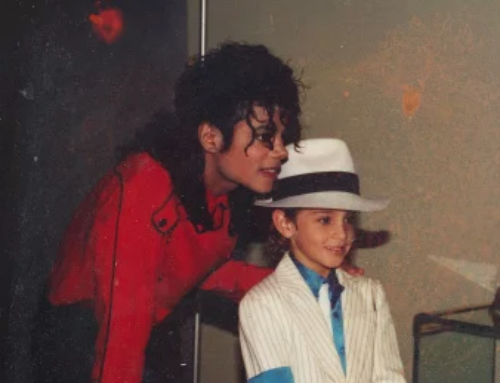From Refinery29, 2/2019
When you first begin watching Russian Doll, you might wonder why it’s not just called Groundhog Day: The Revenge, or some other nod to the repeated day/repeated death genre we’ve seen so many times before (Run, Nadia, Run, perhaps?). Why call this video-game-like black comedy something so old-fashioned? What’s the meaning of a title like Russian Doll?
A couple episodes in, as Natasha Lyonne’s Nadia dies again and again, the title starts to make sense, even as the show itself becomes more of a twisty puzzle. Here’s a spoiler-free analysis of how and why the title takes after this old timey toy:
Russian Dolls: A Brief History
Russian dolls, nesting dolls, or matryoshka, first appeared in Russia in 1890. Some say they were originally based on a Japanese Fukurama figure, which was a depiction of a god that opened to reveal another, which also opened to reveal an even smaller figure, for a total of five statues. TravelRussia.com credits wood craftsman Vasily Zvezdochkin and painter Sergei Malyutin with the first Russian version, which was a baby inside a girl inside a boy, and so on, for a total of eight figures. The more well-known versions are all women or girls, usually in matching head scarves. Matrona was a popular Russian name at the time, with roots in the Latin word for mother, which makes sense given the birth-like nature of the dolls within each other.





